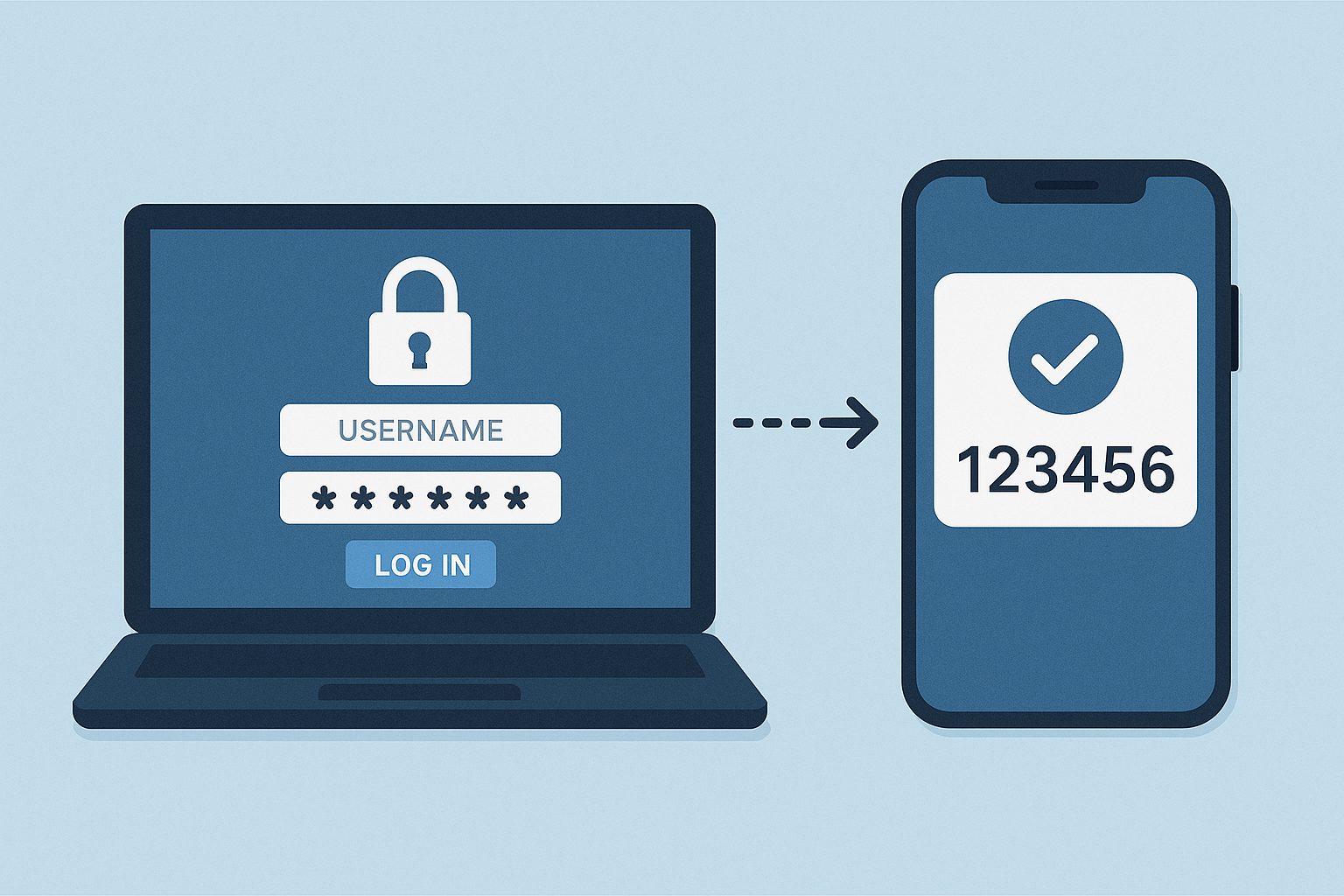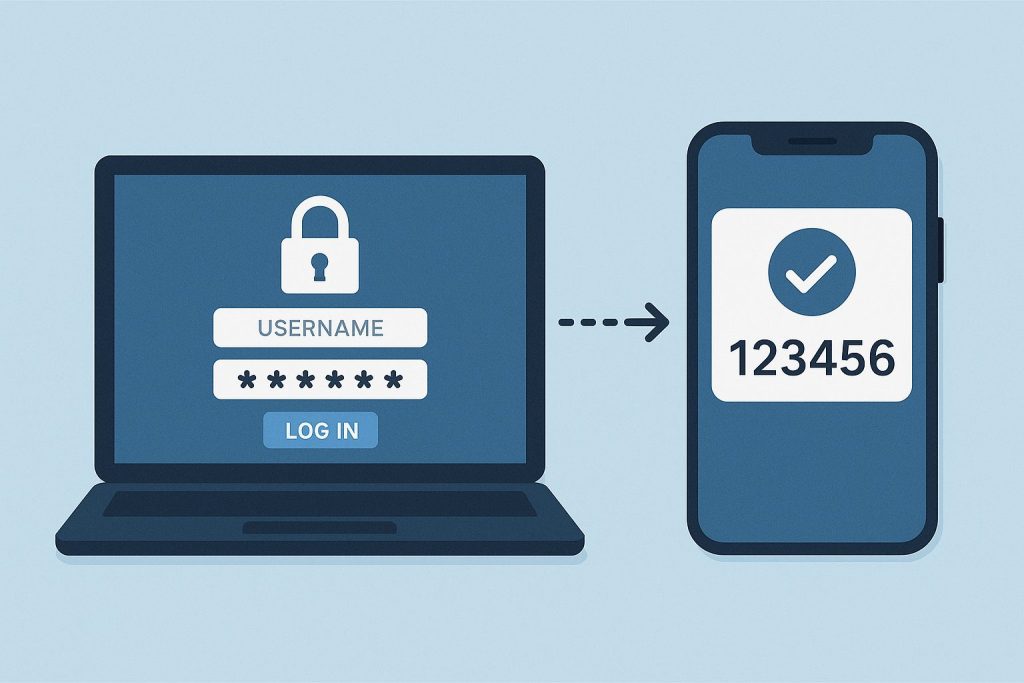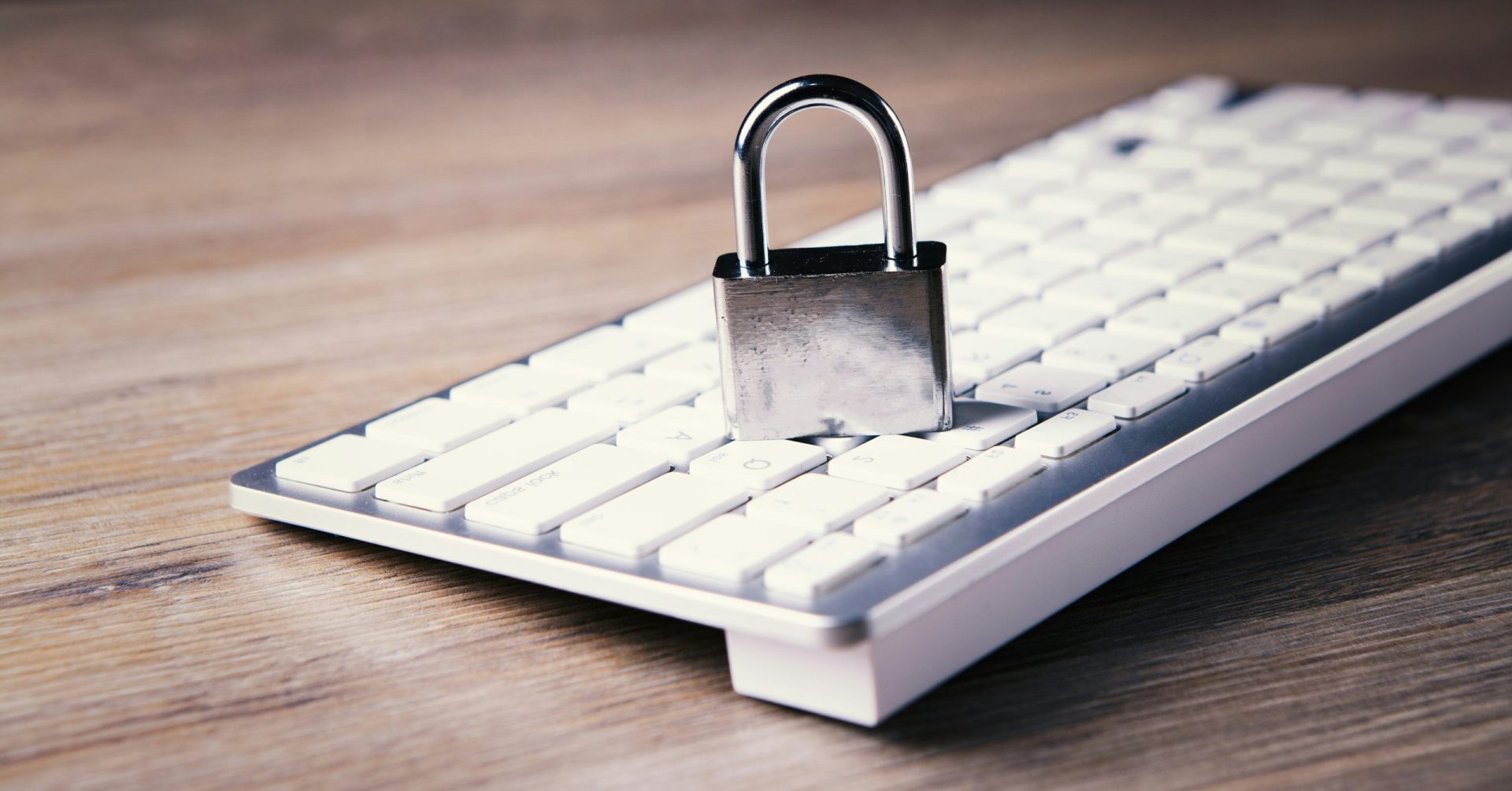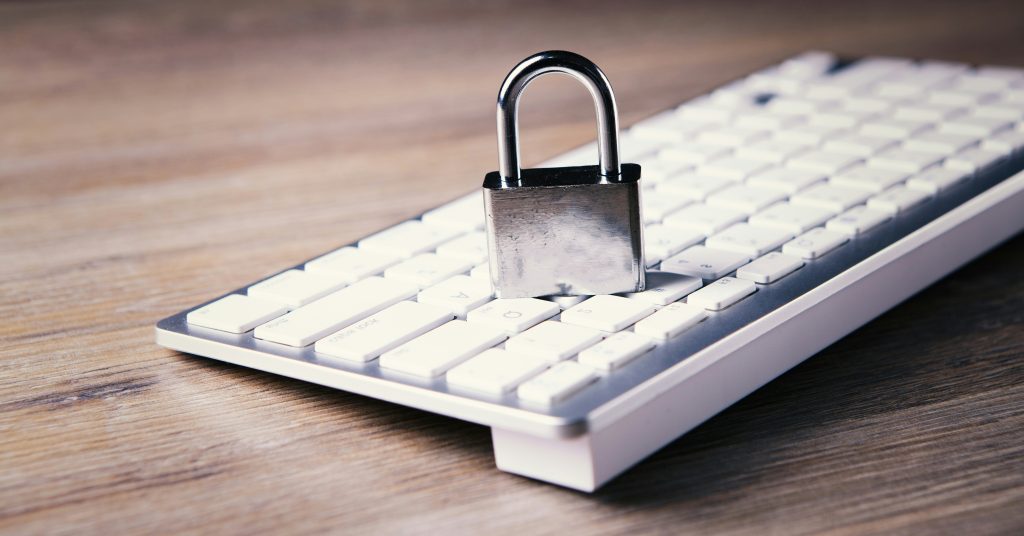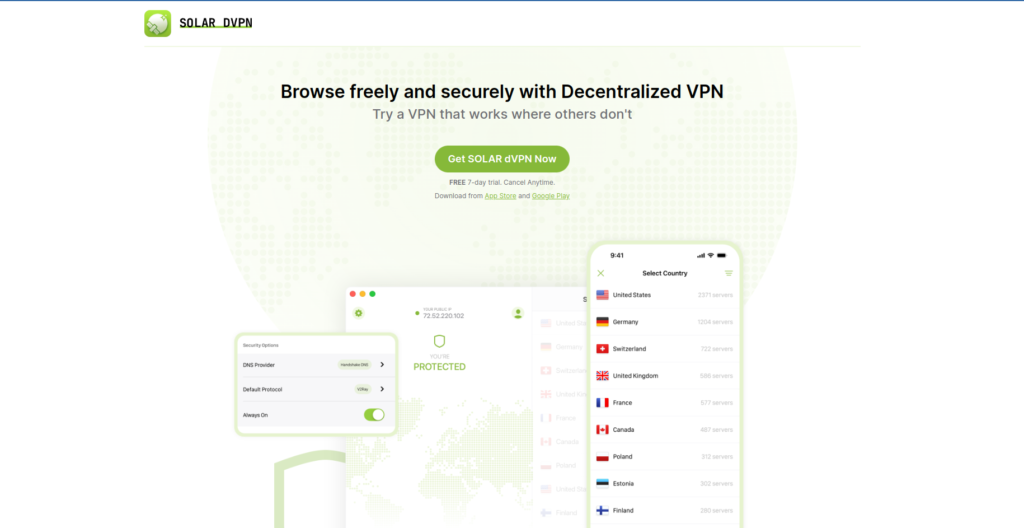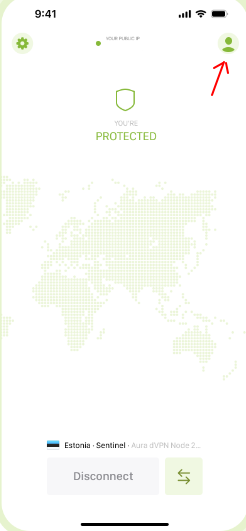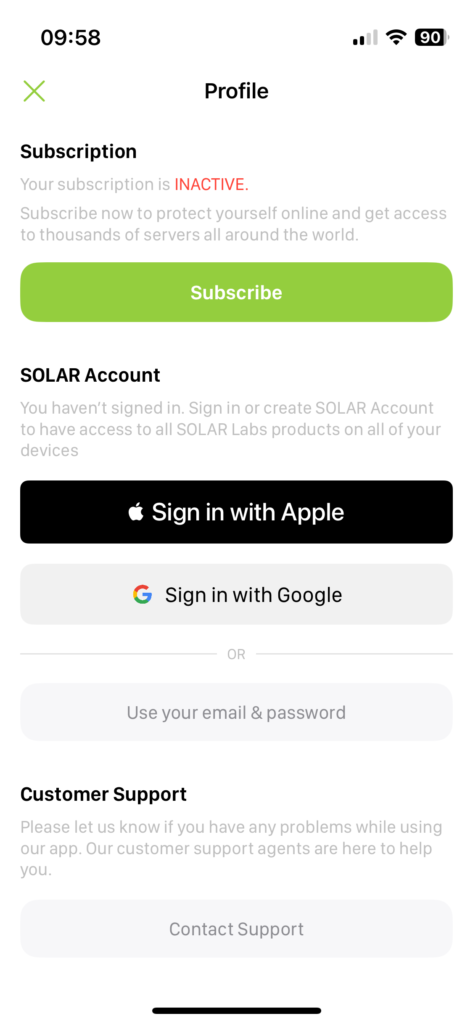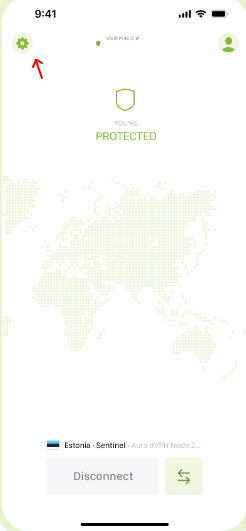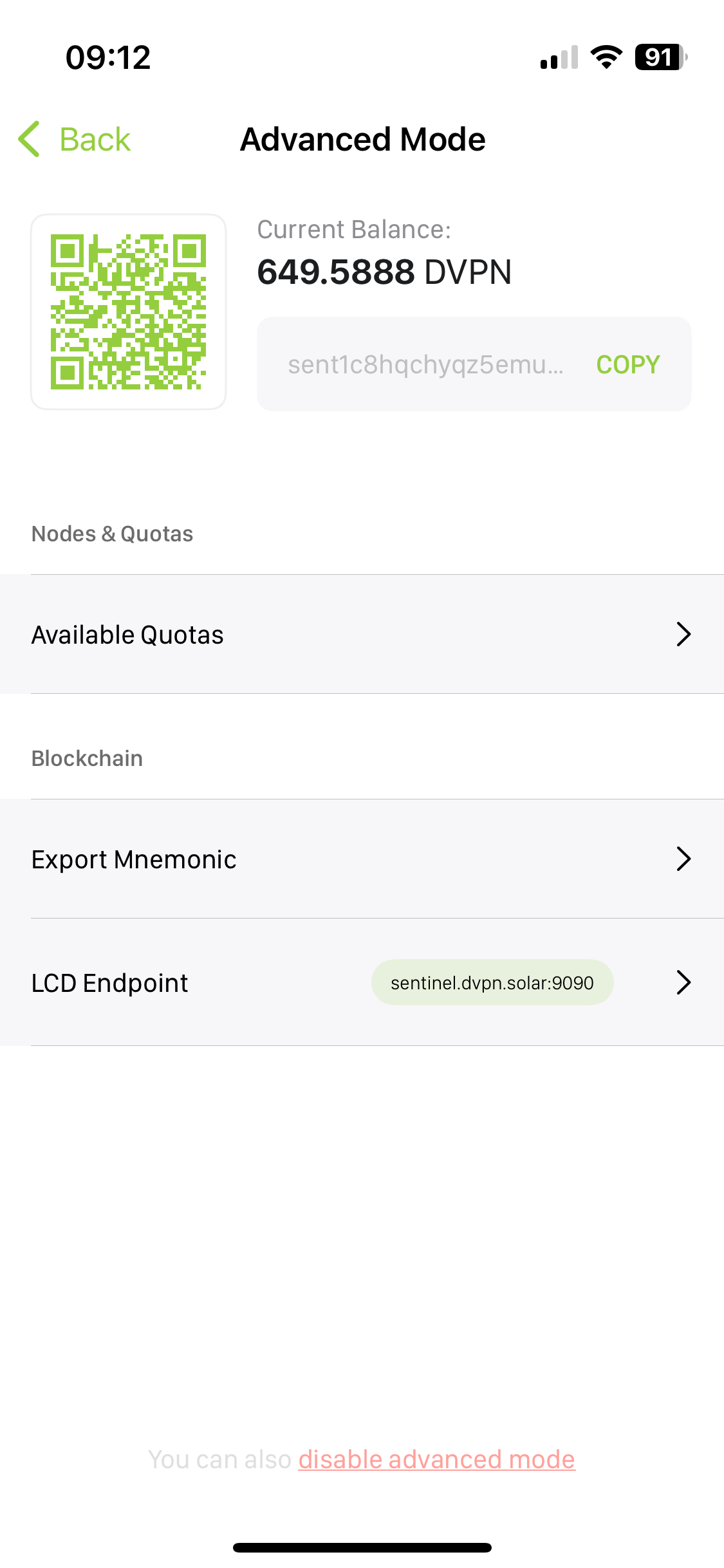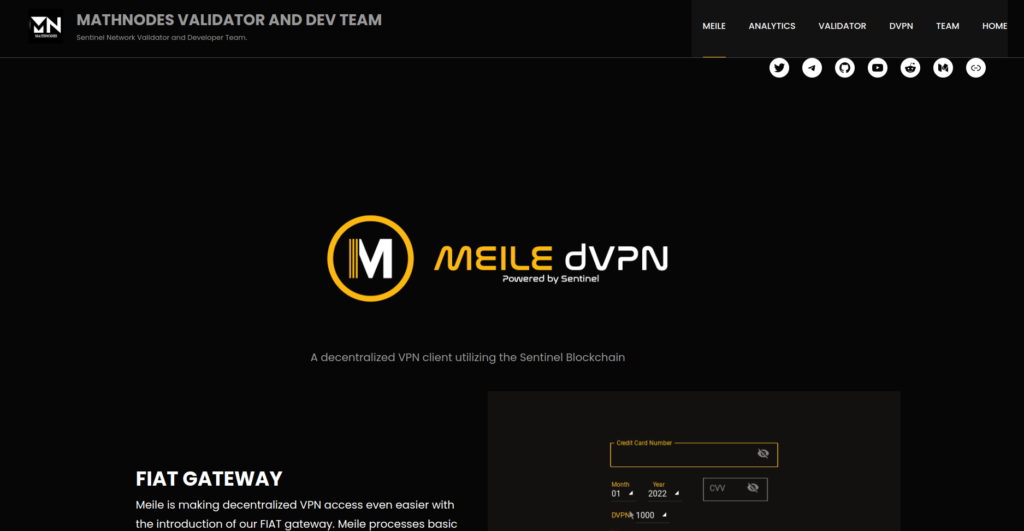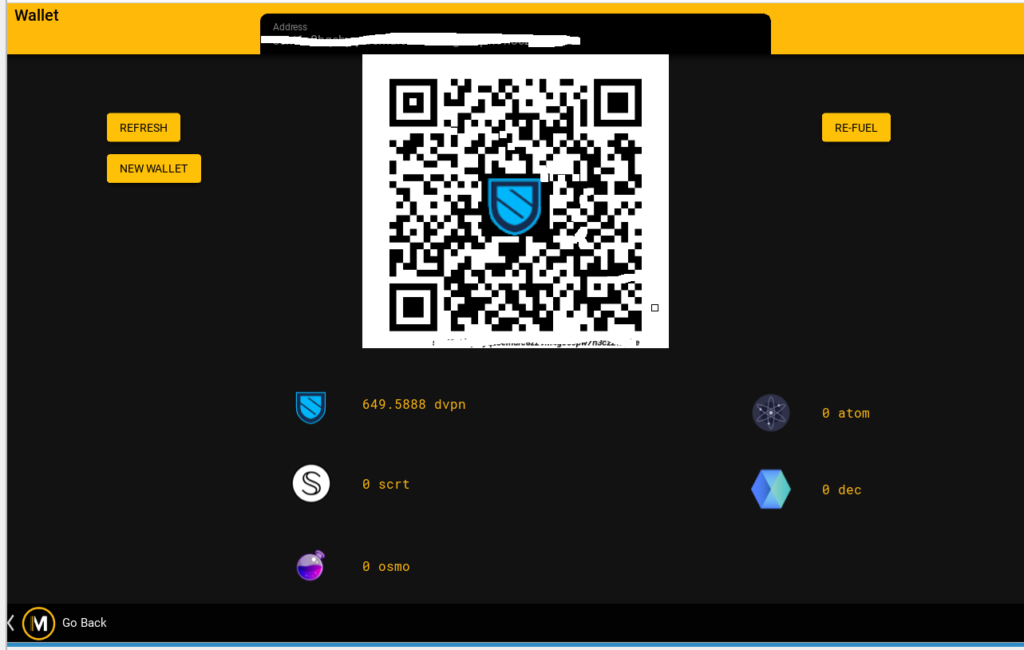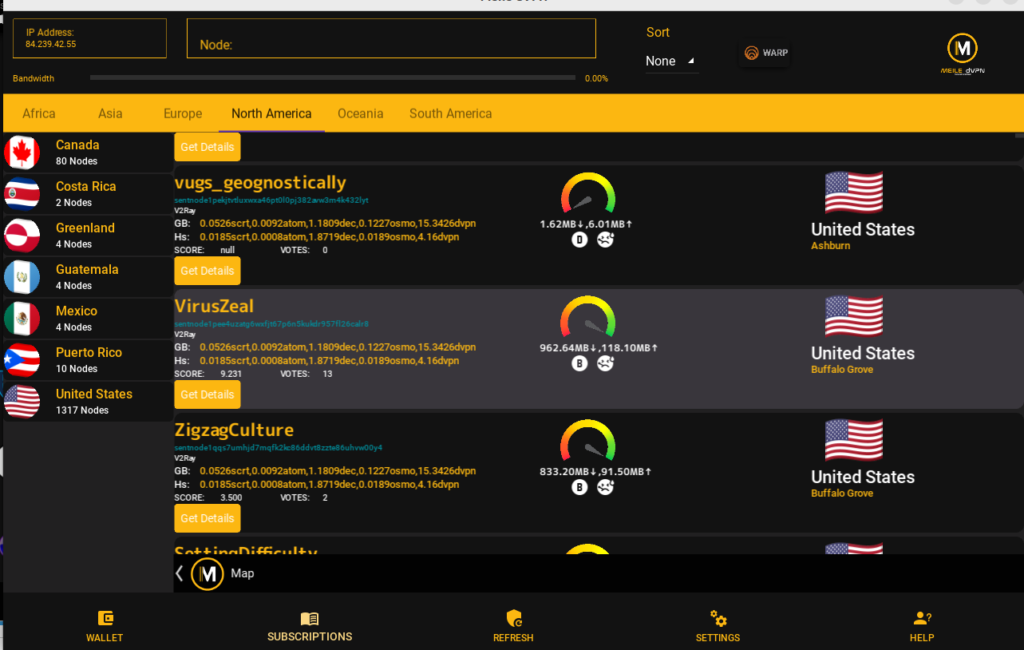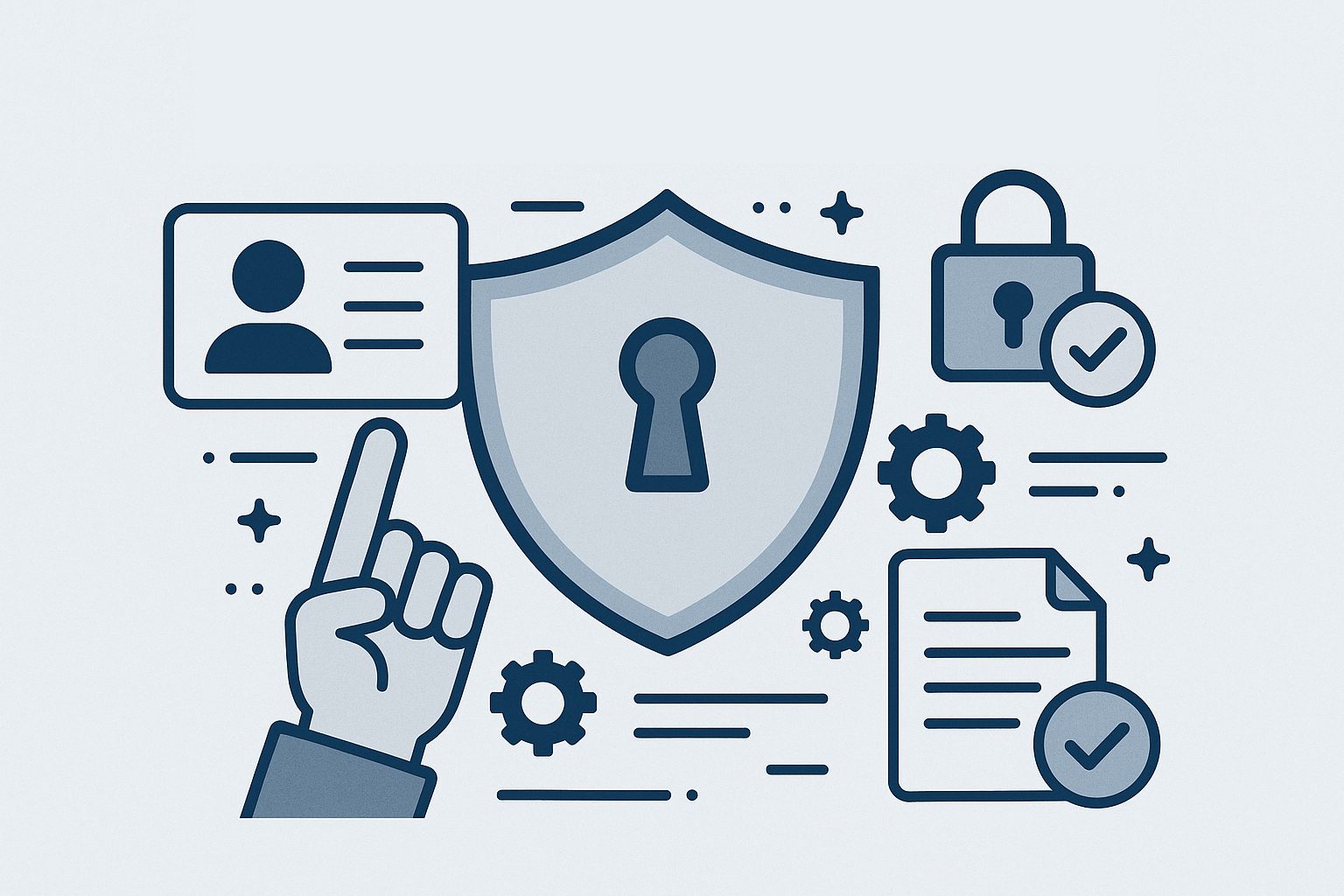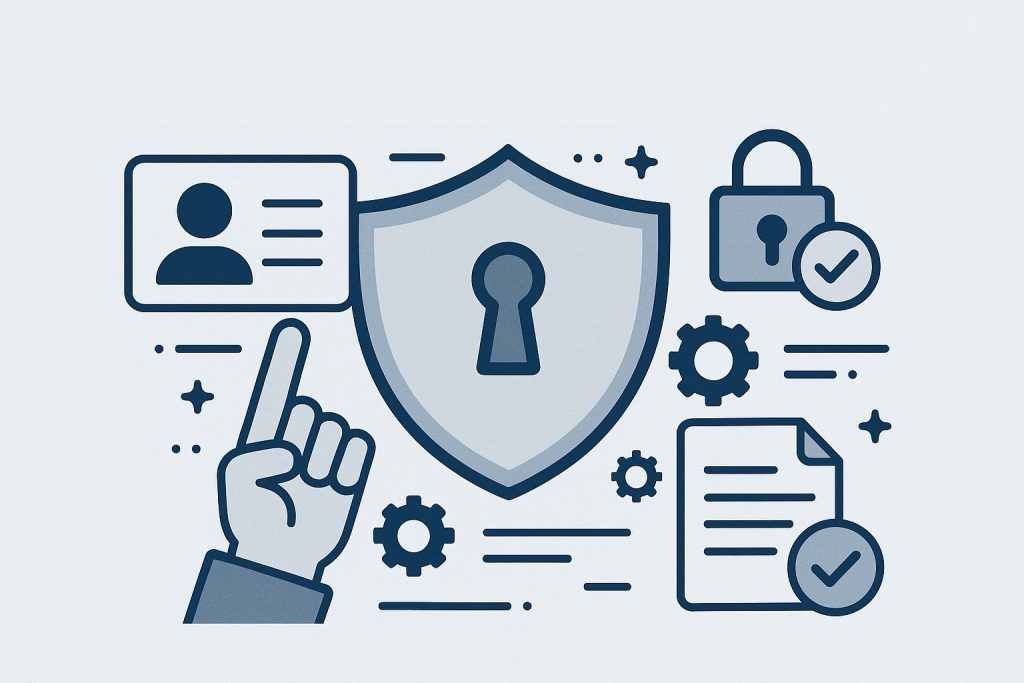
In the world of cybersecurity, there exists a mysterious and elusive threat known as Zero Day Vulnerability. This sneaky little bug can wreak havoc on systems and networks, causing chaos and confusion for unsuspecting individuals and organizations. But fear not, for by diving into the depths of this cyber abyss, we can uncover the secrets behind Zero Day Vulnerability and learn how to protect ourselves from its harmful effects.
Unraveling Zero Day Vulnerability
Zero Day Vulnerability refers to a flaw or weakness in software that cyber attackers can exploit before the developers even know about it. These vulnerabilities are called “zero-day” because the developers have zero days to fix the issue before it is used against them. This makes Zero Day Vulnerability particularly dangerous, as there is no time to create and distribute patches to protect against the attack.
To make matters worse, Zero Day Vulnerability can be difficult to detect and prevent, as it often goes unnoticed until it is too late. Cyber attackers take advantage of these vulnerabilities to launch targeted attacks on systems and networks, stealing sensitive information, causing system malfunctions, and disrupting normal operations. It is like a silent assassin waiting in the shadows, ready to strike when least expected.
Dive into the World of Cybersecurity
In the ever-evolving landscape of cybersecurity, staying informed and educated is key to protecting yourself and your organization from Zero Day Vulnerability. By learning about the latest trends and techniques used by cyber attackers, you can better prepare yourself to defend against potential threats. This may include implementing strong security measures, keeping software up to date, and conducting regular security audits to identify and remediate vulnerabilities.
By diving into the world of cybersecurity, you can arm yourself with the knowledge and tools needed to stay one step ahead of cyber attackers. Whether you are a seasoned IT professional or a cybersecurity novice, taking proactive steps to strengthen your defenses can make all the difference in safeguarding your digital assets and maintaining the integrity of your systems and networks.
Understanding the Elusive Threat
Zero Day Vulnerability may seem like a daunting and mysterious threat, but with the right mindset and approach, you can break through its veil of secrecy and gain a better understanding of how it operates. By studying past attacks, analyzing common vulnerabilities, and staying abreast of emerging trends in cybersecurity, you can enhance your ability to detect and mitigate Zero Day Vulnerability before it becomes a full-blown attack.
Remember, knowledge is power when it comes to cybersecurity. By staying informed and educated, you can empower yourself to take proactive steps to protect your digital assets and defend against potential threats. With the right tools and strategies in place, you can minimize the risk of falling victim to Zero Day Vulnerability and keep your systems and networks safe and secure.
Stay Informed and Protected
To stay informed and protected against Zero Day Vulnerability, it is essential to cultivate a culture of cybersecurity awareness within your organization. This may include conducting regular training sessions, promoting best practices for data security, and encouraging employees to report any suspicious activity or potential threats. By fostering a collaborative and proactive approach to cybersecurity, you can create a strong defense against Zero Day Vulnerability and other cyber threats.
Additionally, partnering with reputable cybersecurity firms and leveraging advanced security technologies can help bolster your defenses and enhance your ability to detect and respond to potential threats. By investing in the right tools and resources, you can strengthen your security posture and minimize the risk of falling victim to Zero Day Vulnerability. Remember, prevention is always better than cure when it comes to cybersecurity, so stay vigilant and proactive in safeguarding your digital assets from harm.
As we navigate the treacherous waters of cybersecurity, let us arm ourselves with knowledge, vigilance, and determination to protect against the elusive threat of Zero Day Vulnerability. By staying informed, educated, and proactive in our approach to cybersecurity, we can fortify our defenses and keep our systems and networks safe from harm. Remember, the power to defend against cyber threats lies within each of us, so let us unite in our quest to safeguard our digital world from the shadows of Zero Day Vulnerability.
